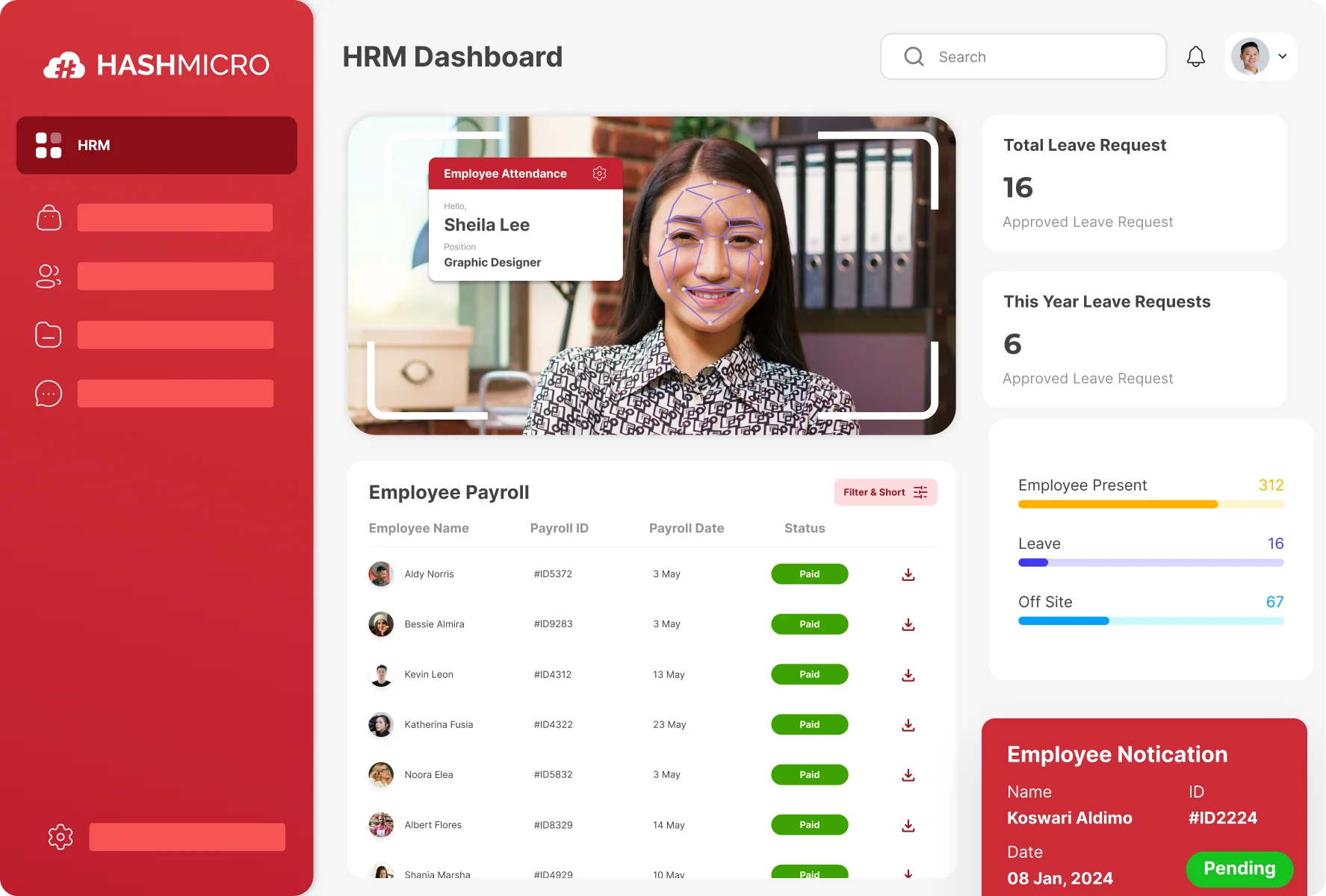As the holiday season approaches, employers must prepare for an important aspect of employee compensation: the 13th month pay. This mandatory benefit is a highly anticipated perk for employees, but can be a complex requirement for employers to navigate.
Calculating the 13th month pay can be tricky, especially for employers with varying pay schedules and employee statuses. Factors such as basic salary, cost of living allowance, and leave credits must be carefully considered to ensure accurate computation.
Moreover, employers must also comply with strict payment deadlines to avoid penalties.
This article will guide you through the intricacies of the 13th month pay in the Philippines. Whether you’re a seasoned HR professional or a small business owner, this comprehensive guide will help with practical tips and expert advice on how to manage and distribute this benefit.
Key Takeaways
|
Table of Contents
What is 13th Month Pay?
In the Philippines, 13th-month pay is an additional benefit mandated by law, equivalent to one-twelfth (1/12) of an employee’s total basic salary within a year. It serves as a financial boost for employees, typically disbursed before December 24, helping them prepare for the holiday season.
Some companies also provide additional bonuses based on performance or company profits, but these are not the same as 13th-month pay. Unlike these optional bonuses, 13th-month pay is mandatory under the law, ensuring that all eligible employees receive it.
The concept of 13th-month pay originated in the Philippines as a long-standing tradition aimed at helping families manage expenses during the Christmas season. In 1975, a law was enacted to make this benefit mandatory, addressing the financial strain caused by stagnant minimum wages over the previous five years.
Mandatory vs Customary 13th Month Pay
Many countries legally require employers to provide 13th-month pay to their employees each year. This additional compensation is mandatory, and failing to comply could lead to legal action from employees, which may harm your company’s reputation.
Understanding whether your company is required to provide 13th-month pay is essential to:
- Avoid penalties and legal consequences for non-compliance.
- Protect your company’s reputation, as failure to pay could discourage skilled professionals from joining your team.
- Plan salary budgets effectively to ensure smooth financial management.
- Meet employee expectations, fostering a positive work environment.
In some countries, companies may voluntarily provide a customary 13th or 14th-month salary, even if it is not legally required. This additional pay is often given as a token of appreciation for employees’ dedication throughout the year.
Offering this benefit can lead to higher employee retention and attract top talent, as more businesses worldwide adopt 13th- and 14th-month salaries. Companies that choose not to offer these incentives may risk falling behind in attracting and retaining skilled workers.
Who is Eligible to Get 13th-Month Salary?
All private sector employees who have completed at least one month of service within the year are entitled to receive 13th-month pay. This applies to both permanent and contractual workers, with the amount calculated as one-twelfth (1/12) of their total basic salary earned throughout the year.
a. Daily-Paid vs. Monthly-Paid Employees
The payment structure (daily or monthly) does not affect eligibility for 13th-month pay. Both daily-paid and monthly-paid employees are entitled to receive it, as mandated by law. There should be no distinction between the two when computing their benefits.
b. Employee Status is Not a Factor
An employee’s status or tenure does not affect their right to 13th-month pay. As long as they are considered employees, they are eligible; whether they are regular, probationary, casual, project-based, seasonal, or fixed-term workers.
c. Resigned, Terminated, or Separated Employees
- Employees who worked for at least 30 days within the year are still entitled to 13th-month pay, even if they are no longer employed at the time of payout.
- Their 13th-month pay will be prorated based on the number of months they worked.
This applies to:
- Resigned employees: Those who voluntarily left their job.
- Terminated employees (just cause): Those dismissed due to violations, misconduct, or other legal grounds.
- Separated employees (authorized cause): Those let go due to redundancy, retrenchment, business closure, or similar reasons.
Even if they are no longer with the company, they are still entitled to a proportionate share of the 13th-month pay, based on the time they worked.
d. Female Employees on Maternity Leave
- Salary differential (the amount paid by the employer to cover the gap between SSS maternity benefits and full salary) is counted as part of the basic salary for computing 13th-month pay.
- This means that if a female employee goes on maternity leave, her 13th-month pay is computed based on her total salary, including the salary differential.
Employees can verify their 13th-month pay by checking their payslip, which should reflect the correct prorated amount based on their actual earnings throughout the year.
Who is Exempt from the 13th-Month Pay?
 All employers must provide 13th-month pay, except for the following:
All employers must provide 13th-month pay, except for the following:
- Government entities, including political subdivisions, government-owned and controlled corporations (GOCCs), except those operating as private subsidiaries.
- Employers offering equivalent benefits: Companies that already grant benefits that match or exceed the 13th-month pay requirement may be exempt from providing it separately.
- Household employers: Those employing domestic workers (such as household helpers) are not required to give 13th-month pay, as these workers fall under the Domestic Workers Act, which follows a different compensation structure.
- Workers paid solely on commission, boundary, or task-based rates, and those receiving a fixed amount per project regardless of time spent—except for piece-rate workers, who are still entitled to 13th-month pay.
These guidelines are based on DOLE-BWC Handbook (p. 40) and Presidential Decree No. 851, which govern 13th-month pay regulations in the Philippines.
How the Philippines Calculate 13th Month Pay
Here are the steps to calculate 13th-month pay, based on the following assumptions:
- The employee’s daily wage rate is ₱900.00.
- The workweek consists of five (5) working days.
- There are two rest days per week.
a. Complete Basic Salary Earned in a Year
If the employee has perfect attendance throughout the year, the 13th-month pay is computed as follows:
| Month | Workdays | Services Rendered | Basic Salary Earned (₱) |
| January | 22 | Complete attendance | 19,800.00 |
| February | 20 | Complete attendance | 18,000.00 |
| March | 23 | Complete attendance | 20,700.00 |
| April | 21 | Complete attendance | 18,900.00 |
| May | 22 | Complete attendance | 19,800.00 |
| June | 22 | Complete attendance | 19,800.00 |
| July | 23 | Complete attendance | 20,700.00 |
| August | 23 | Complete attendance | 20,700.00 |
| September | 22 | Complete attendance | 19,800.00 |
| October | 22 | Complete attendance | 19,800.00 |
| November | 22 | Complete attendance | 19,800.00 |
| December | 22 | Complete attendance | 19,800.00 |
| Total Basic Salary Earned in a Year | 237,600.00 |
Formula:
Total basic salary earned in a year ÷ 12 months = 13th-month pay
Sample Computation:
₱237,600.00 ÷ 12 = ₱19,800.00
This means the employee is entitled to ₱19,800.00 as their 13th-month pay if they have complete attendance for the entire year.
b. Computation with Incomplete Basic Salary Earned in a Year
If an employee has absences or leaves during the year, their 13th-month pay will be adjusted accordingly. Below is the computation for an employee with incomplete attendance based on the revised example:
| Month | Workdays | Services Rendered | Basic Salary Earned (₱) |
| January | 22 | Complete attendance | 19,800.00 |
| February | 20 | 1 day absence | 17,100.00 |
| March | 23 | Complete attendance | 20,700.00 |
| April | 21 | Complete attendance | 18,900.00 |
| May | 22 | 2 days absence | 17,900.00 |
| June | 22 | Complete attendance | 19,800.00 |
| July | 23 | Complete attendance | 20,700.00 |
| August | 23 | 1 day leave with pay | 19,800.00 |
| September | 22 | Complete attendance | 19,800.00 |
| October | 22 | Complete attendance | 19,800.00 |
| November | 22 | 2 days leave with pay | 17,900.00 |
| December | 22 | Complete attendance | 19,800.00 |
| Total Basic Salary Earned in a Year | 232,000.00 |
Formula:
Total basic salary earned in a year ÷ 12 months = proportionate 13th-month pay
Sample Computation:
₱232,000.00 ÷ 12 = ₱19,333.33
Since 13th-month pay is based only on the salary earned for services rendered, absences and unpaid leaves will reduce the total amount received.
This is in accordance with Presidential Decree No. 851, which mandates 13th-month pay calculations based on actual salary earnings within the year.
Note: The 2023 DOLE-BWC Handbook follows a different interpretation regarding leave with pay. Under this approach, an employee’s monthly salary remains unchanged, even if they take paid leave.
This means that for a month like June, where an employee takes five days of leave with pay, their salary is still counted in full; as if they had worked the entire month, despite not rendering service for those five days.
Automating the calculation of 13th-month pay can save businesses time and minimize errors. A reliable payroll system ensures accurate computations based on employee salaries, workdays, and applicable deductions.

What’s Excluded in the 13th Month Pay?
 For employees who have worked less than a full year, the 13th-month pay is prorated based on the actual months or days worked.
For employees who have worked less than a full year, the 13th-month pay is prorated based on the actual months or days worked.
Included in the Calculation:
- Basic Salary: This encompasses the fixed compensation for services rendered. It includes the employee’s wage for each workday and salary for official holidays if such pay is determined under the normal wage rate.
- Cost of Living Allowance (COLA): If the COLA is integrated into or considered part of the basic wage under pertinent wage orders, it is included in the computation.
Excluded from the Calculation:
- Overtime Pay: Additional compensation for hours worked beyond the regular schedule.
- Holiday Pay: Remuneration for work done during holidays.
- Night Shift Differential: Extra pay for work performed during night hours.
- Bonuses and Incentives: Additional earnings given as rewards for performance.
- Commissions: Earnings based on sales or performance metrics.
- Profit Sharing: Distribution of a portion of the company’s profits to employees.
- Allowances: Monetary benefits such as transportation, representation, meal allowances, and the cash equivalent of unused vacation and sick leave credits.
When to Pay 13th Month Salary
Employers must pay the full 13th-month pay no later than December 24 of each year. However, companies may choose to split the payment into two:
- First half before the school year starts
- Second half on or before December 24
If a company has a collective bargaining agreement (CBA) with employees, the payment schedule may be adjusted based on the agreed terms.
Understanding how payroll in the Philippines works is essential for employers to comply with labor laws, especially when computing benefits like 13th-month pay.
Can 13th-Month Pay Affect Company Policy?
Employers should be careful when computing 13th-month pay. If a company overpays employees for several years, employees may argue that this has become an established company policy or practice.
This means:
- If a company has been paying more than what is legally required, employees may expect the same amount moving forward.
- If the company suddenly lowers the amount, employees might legally challenge the change.
To avoid legal and financial issues, companies should double-check their 13th-month pay computations and ensure compliance with DOLE guidelines.
Since 13th-month pay calculations depend on various factors like basic salary, absences, and leave policies, businesses often rely on the best payroll software to automate computations and prevent errors.
Simplify Payroll Processing with HashMicro Payroll System
 Calculating 13th-month pay isn’t as simple as it seems, since every company has different rules based on industry, shift systems, COLA, basic salary, and other factors. It gets even trickier when employees have different statuses, like maternity leave or unpaid leave.
Calculating 13th-month pay isn’t as simple as it seems, since every company has different rules based on industry, shift systems, COLA, basic salary, and other factors. It gets even trickier when employees have different statuses, like maternity leave or unpaid leave.
Instead of stressing over calculations, just use the HashMicro Payroll System! Why do you have to use this system? Because:
- One-time setup, automated payroll forever: The system automatically calculates salaries, including 13th-month pay (and even 14th-month pay if needed!).
- Automated tracking: Attendance, leaves, and other payroll-related factors sync seamlessly, so you don’t have to cross-check manually.
- Accurate & time-saving: Eliminate miscalculations and make payroll processing more efficient.
Aside from these capabilities, do you know that this system is also scalable? Which means, no matter how many employees your company has, it can handle their data and salary calculations with little trouble.
HashMicro Payroll System also offers these features to reduce the headache of processing salary and making sure each salary is accurate and sent on time:
- Automated Payslip Management: Generates payslips automatically for daily and hourly workers.
- Automatic Tax and Insurance Calculation: Calculates tax deductions and insurance contributions automatically, ensuring compliance with Philippine tax laws ( TRAIN Law, RR 2-2018, etc.).
- Comprehensive Tax Reporting: Provides all necessary tax forms for tax reporting in the Philippines, including BIR Form 1604-C, BIR Form 2316, and others.
- Secure PDF Payslip Delivery: Sends payslips to employees via email in password-protected PDF format.
Conclusion
13-month pay is a mandatory benefit in the Philippines, boosting employees’ holiday finances. It’s calculated based on their total basic salary earned within the year. This financial boost helps employees cover expenses during the holiday season.
Kung gusto mo ng hassle-free payroll management, consider automating your processes. HashMicro Payroll System can help you streamline your payroll management to ensure accuracy and compliance. That way, HR teams can focus on more important tasks when managing employees.
With HashMicro Payroll System, you can enjoy a more efficient and organized payroll management experience. Ang sistema ay designed para simplihan ang complex payroll processes, so it’s easy for you to manage your team’s compensation.
Try the free demo now!

Frequently Asked Questions on 13th Month Pay
-
Is the 13th-month pay taxable in the Philippines?
The 13th-month pay is generally non-taxable. According to the Philippine tax code, it only becomes taxable when the gross amount of benefits received exceeds ₱90,000, which is the tax exemption threshold.
-
Are part-time employees entitled to the 13th-month pay?
Yes, part-time employees who have worked for at least one month during the calendar year are entitled to receive the 13th-month pay.
-
What should employees do if their employer fails to provide the 13th-month pay?
Employees can report their employer’s violation of the 13th-month pay law to the Department of Labor and Employment (DOLE) or call their hotline at 1349.
-
How does a mid-year salary increase affect the 13th-month pay calculation?
If an employee receives a salary increase during the year, the 13th-month pay is calculated based on the total basic salary earned for the entire year, accounting for both the pre- and post-increase salaries. This ensures that the benefit reflects the actual earnings throughout the year.




































